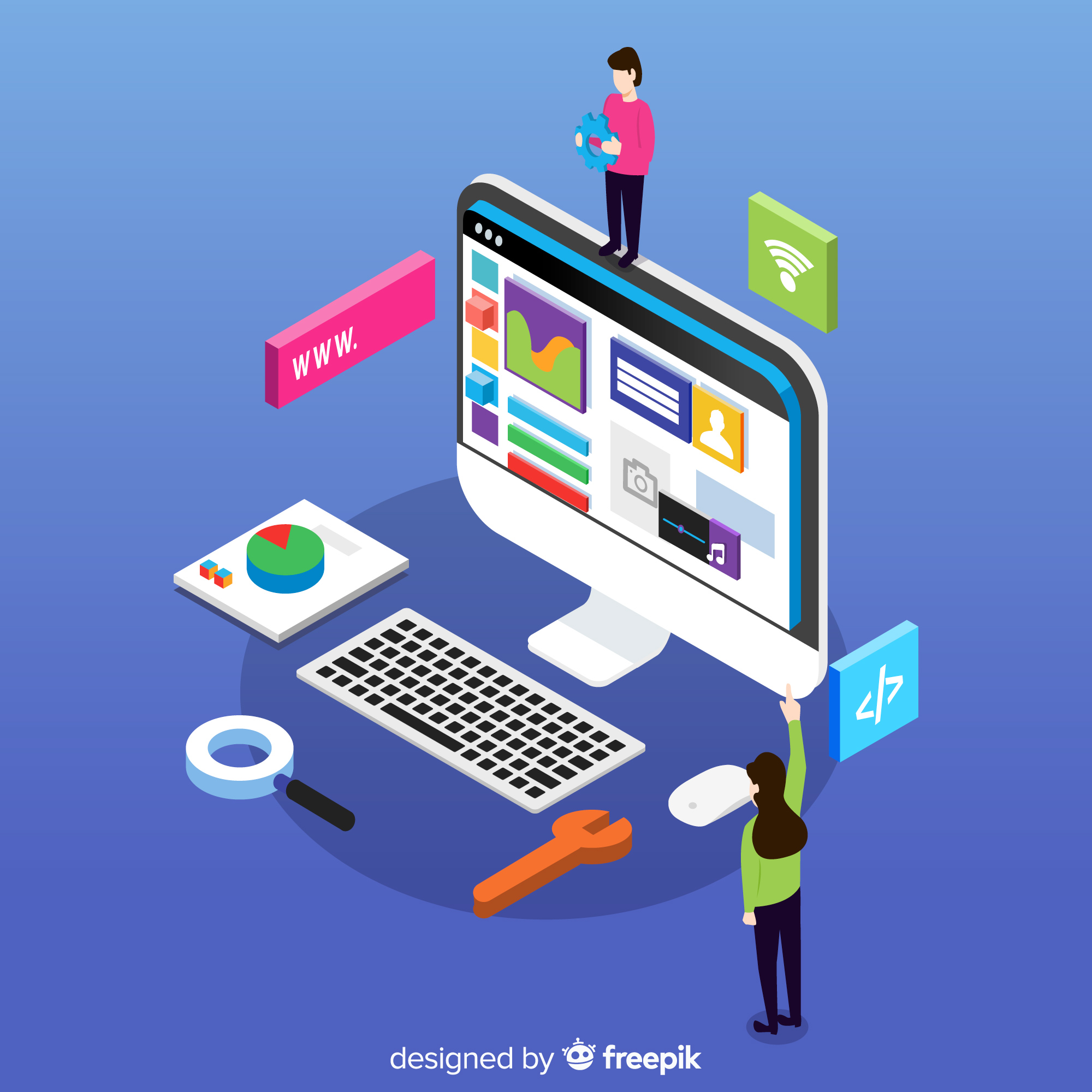Beginners Guide to Desktop Application Development
Introduction
Desktop application development is a specialized discipline that focuses on creating software applications that run on personal computers and laptops. Unlike web applications that require internet connectivity, desktop applications provide standalone functionalities, making them suitable for various tasks, industries, and user scenarios. Moreover, desktop applications can take advantage of hardware-specific features, such as graphics processing units (GPUs) and advanced peripherals, leading to richer and more immersive user interfaces. Their offline accessibility further ensures uninterrupted productivity even in areas with limited or unreliable internet connectivity.
Understanding Desktop Application Development
a. Platform-Specific Development:
Desktop applications are platform-specific, meaning they are developed for specific operating systems like Windows, macOS, or Linux. Developers use programming languages and frameworks that are compatible with the target operating system.
b. User Interface and User Experience:
Creating an intuitive and user-friendly interface is a crucial aspect of desktop application development. The design focuses on enhancing user experience and efficiency, optimizing workflows, and providing a seamless user journey.
c. Offline Functionality:
One of the significant advantages of desktop applications is their ability to function offline, eliminating the need for constant internet connectivity. This feature is particularly beneficial for industries and scenarios with limited or unreliable internet access.
Popular Technologies for Elevating Desktop Application Development
a. Windows Desktop Applications:
For Windows desktop applications, developers often use C# programming language along with the .NET framework, which offers extensive libraries and tools for building robust and feature-rich applications.
b. macOS Desktop Applications:
macOS desktop applications are commonly developed using Swift or Objective-C programming languages. The Cocoa framework provides essential building blocks for macOS application development.
c. Cross-Platform Desktop Applications:
To create desktop applications that work on multiple operating systems, developers can opt for cross-platform development frameworks like Electron, Qt, or JavaFX. These frameworks enable developers to write code once and deploy it on various platforms.
Advantages of Desktop Applications
a. Enhanced Performance:
Desktop applications typically run faster and have better performance compared to web applications, as they directly interact with the computer’s hardware and resources.
b. Offline Accessibility:
The ability to function offline is a significant advantage of desktop applications, making them suitable for various industries, remote locations, and scenarios with limited internet access.
c. Improved Security:
Desktop applications can have enhanced security measures, as they don’t rely on internet connections for data transmission and can store sensitive information locally.
Impact of Desktop Applications on User Productivity and Business Success
a. Tailored Functionality:
Desktop applications can be designed with specific functionalities and tailored to meet the unique needs of users or businesses. This customization enhances efficiency and productivity.
b. Streamlined Workflows:
Desktop applications optimize workflows by providing quick access to tools, data, and features, resulting in faster and more efficient completion of tasks.
c. Enhanced Data Management:
Desktop applications offer comprehensive data management capabilities, enabling users to work with large datasets and complex calculations locally.
Conclusion
Desktop application development is a powerful approach to creating efficient, offline-accessible, and user-centric software solutions. By leveraging platform-specific technologies or cross-platform frameworks, developers can build versatile desktop applications that cater to various industries and user scenarios. Embracing the strengths of desktop applications alongside web and mobile solutions can lead to a comprehensive software ecosystem that empowers users and accelerates business growth. Embracing continuous testing and iteration ensures that your application evolves to meet changing demands, rectifying issues promptly and aligning with user expectations.
Learn more about Desktop Application Development


 share
share share
share